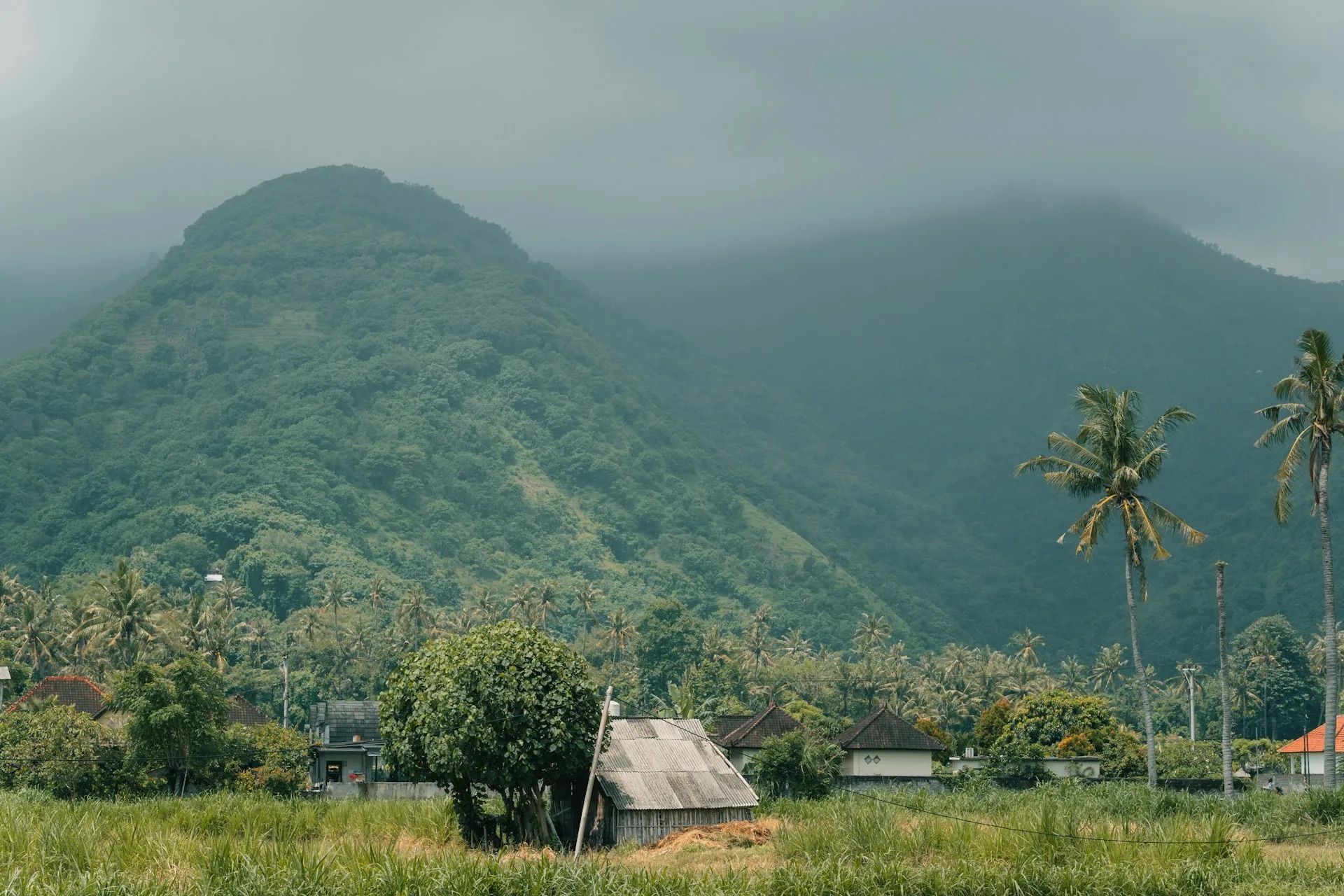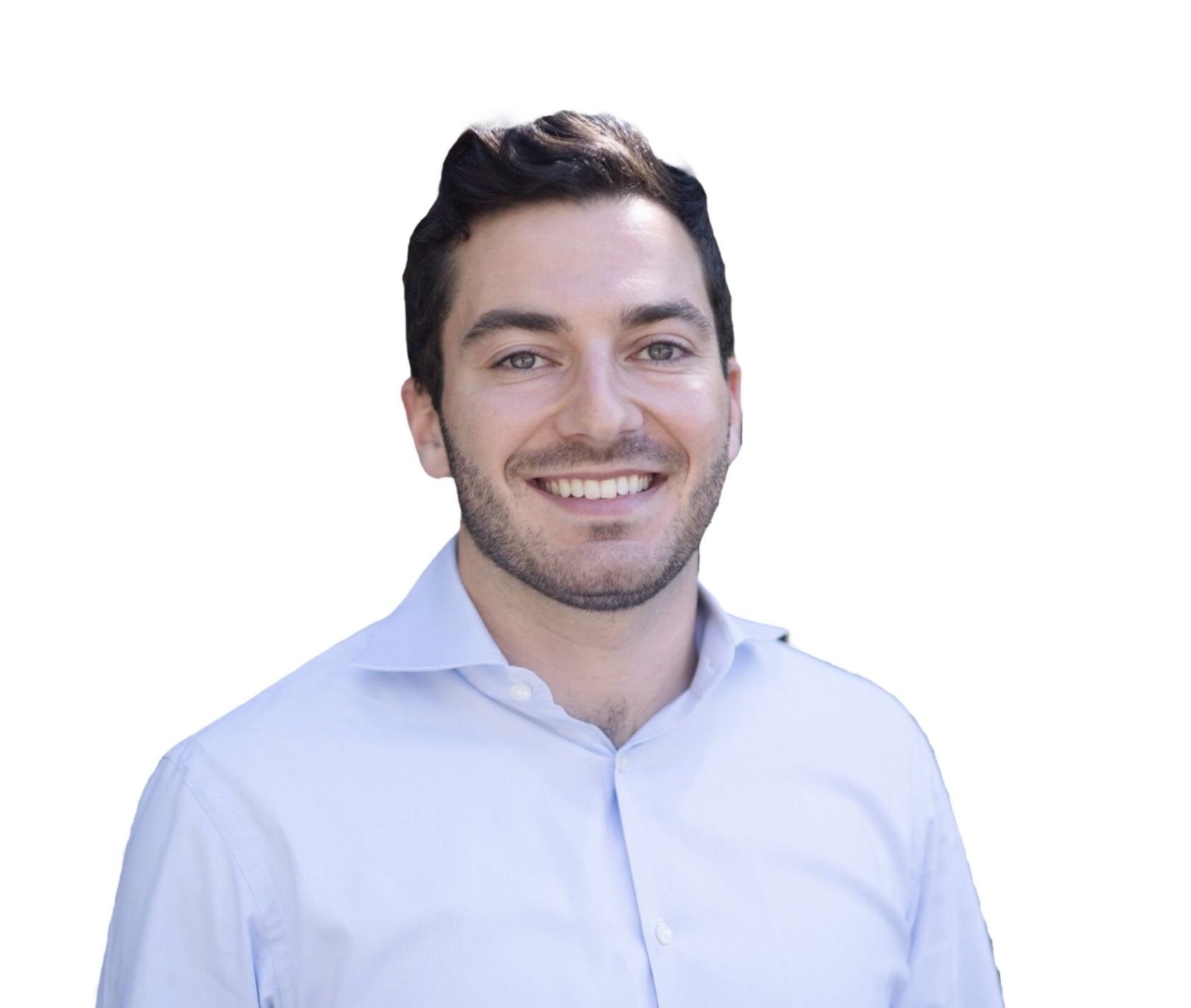
The Post-2015 Story So Far
This post is adapted from What Happens Now? Time to deliver the post-2015 development agenda, by Alex Evans and David Steven. The report serves as a guide for all those interested in the post-2015 debate. Previous posts proposed guiding principles and a tactical playbook for delivering the post-2015 agenda. For more detailed information and complete citations, please see the full report here.
While informal discussions of a successor framework to the MDGs have been underway for at least five years, debate began in earnest at the Rio summit on sustainable development in 2012, which identified the need for a set of new Sustainable Development Goals (SDGs) that would address the social, economic, and environmental dimensions of sustainable development in a balanced way. These goals were to be: “Action oriented, concise and easy to communicate, limited in number, aspirational, global in nature and universally applicable to all countries.”
In the lead-up to the summit, the UN Secretary-General had proposed asking a small group of “eminent persons” to develop a blueprint for the new development agenda. However, this elicited strong pushback from governments – and in particular from the G77 – who were determined that UN member states, not the Secretary-General, should be in the driving seat through a formal intergovernmental process.
The result was two parallel initiatives. Member states used the Rio outcome document to launch an ‘Open Working Group’ to prepare a proposal for the SDGs, while the Secretary-General convened a High-level Panel with the Presidents of Indonesia and Liberia, and the Prime Minister of the United Kingdom, as co-chairs.
In May 2013, the Panel reported first, even as governments were still wrangling over which countries should be represented on the Open Working Group. Despite its cumbersome name – A New Global Partnership: Eradicate Poverty And Transform Economies Through Sustainable Development – the report was well received.
The Panel’s work was supplemented by other early inputs, including a report prepared by experts from more than 50 UN entities and international organizations, an expert-led report from the Sustainable Development Solutions Network, and reports based on consultations with the private sector, the UN regional commissions, and the public through the MyWorld survey, which had heard from over 7 million people by March 2015.
In July 2013, the Secretary-General reported to the General Assembly that common ground was emerging. The new development agenda would be universal in nature, with all countries taking responsibility for delivering goals and targets at home – rather than just in the world’s developing countries, as with the MDGs. It would be much more ambitious than the MDGs, taking on a broad set of economic, social, and environmental challenges, while making an end to poverty its highest priority. And the process should be concluded, he proposed, with a major summit in 2015 to finalize the new agenda and galvanize action – just as the Millennium Summit had done when it adopted the MDGs.
The Open Working Group’s proposed SDGs
In many ways, however, these contributions were a sideshow. The main action was in the Open Working Group (OWG), where 70 governments – sharing 30 ‘seats’ – immersed themselves in an intensive and exhausting debate about goals and targets.
In the early days, expectations were low about the OWG’s ability to agree anything. But its Co-Chairs – the Permanent Representatives to the UN from Kenya and Hungary – were always confident they could get much further than that, promising that they would produce a ‘near final’ set of goals and targets for General Assembly consideration. Many outsiders, and some governments, failed to heed this message. Their influencing strategies were timed for a culmination of the debate on goals and targets in 2015, on the assumption that the real horse-trading would start only when the deadline of the September summit began to loom. When the OWG wrapped up its deliberations in July 2014 after a marathon final session, it began to dawn on them that much of the UN membership regarded the job as done. The G77 was quick to hammer this point home. The Open Working Group had reached an agreement through “painstaking and intensive work,” the G77 argued. It should be preserved in full and not re-opened or renegotiated.
So what had the Open Working Group proposed? Its goals can be found here, with each goal having between 5 and 19 targets. Each target will eventually be “further elaborated through indicators focused on measurable outcomes.” The proposal is described as being “action oriented, global in nature and universally applicable” in accordance with the brief from the 2012 Rio summit. (Rio’s other criteria – a limited number of goals that would be easy to communicate – appears to have fallen by the wayside, however.)
The OWG’s proposal:
- Takes the unfinished business of the MDGs as its starting point. As a result, many of its targets are ‘zero-based’.
- Makes the core MDG agenda considerably more ambitious.
- Takes seriously the need for an economic transformation.
- Brings inequality to the heart of the framework, above all in Goal 10’s call to reduce inequality both within and among countries.
- Includes a commitment to peaceful societies, effective institutions, and access to justice.
- Goes further on environmental sustainability than the MDGs.
All told, the Open Working Group’s proposed framework looks very different to the MDGs. The scope of the agenda implies substantial changes to the lives of all 7 billion global citizens, rather than just the billion or so who live in absolute poverty. The sheer number of the goals and targets has also caused unease. “It wouldn’t be right to describe this as a Christmas tree,” the Center for Global Development’s Charles Kenny observed; “It is perhaps closer to a plantation of Christmas trees.”
The ICESDF and the UN Secretary-General’s Synthesis Report
Somewhat overshadowed by the OWG, another discussion was underway in the Intergovernmental Committee of Experts on Sustainable Development Financing (ICESDF). While the OWG was looking at what the world should aim to achieve in the post-2015 agenda, the ICESDF was instead looking at how it could be done and how much it would cost.
The ICESDF report, published in August 2014, argued that the world is awash with finance, with $22 trillion in annual global savings and public and private, and domestic and international financial flows all growing considerably since the MDGs were agreed. The problem was not a lack of money, then, but rather the challenge of directing investment towards sustainable development opportunities that delivered less attractive short-term returns than less sustainable alternatives. To address this, it proposed “a toolkit of policy options and financial instruments” that could be used within national development strategies and as part of a renewed partnership for sustainable development.
The Open Working Group and ICESDF wrapped up their work within a month of each other, passing the baton to the Secretary-General who had promised to synthesize all inputs into the post-2015 debate and present them back to member states. This was something of a poisoned chalice. Behind the scenes, the Secretary-General’s team came under considerable pressure to use the report to open up political space for a revision of the goals and targets, but there was powerful pushback from a number of governments who made it clear the Secretary-General had no mandate to unpick their work.
The result was a compromise, with the synthesis report arguing for the need to “frame the goals and targets in a way that reflects the ambition of a universal and transformative agenda.” It proposed keeping 17 goals, but rearranging them in a way that would create a stronger narrative and act as a spur for implementation. Exactly how this was to be done was not clear, but a process of clustering was envisaged around six “essential elements” that the Secretary-General asked members states to deliberate on in order to arrive at the concise and aspirational agenda mandated by the Rio 2012 summit. The ‘essential elements’ have not been dismissed, but neither have they made much impact on subsequent negotiations.
But the battle to find a way to communicate the new agenda is not over, and proposals will continue to be made for how the goals can be edited, clustered, or somehow reframed. However, it seems increasingly unlikely that anyone will devise a formula sufficiently compelling to persuade the Open Working Group’s many supporters that they should be prepared to accept big changes.
Publication Date:
May 05, 2015
Author(s):
Ashley Skiles
Topic(s):
Post 2015 Development
Program(s):
Pathfinders for Peaceful, Just and Inclusive Societies
More Resources
Stay Connected
Subscribe to our newsletter and receive regular updates on our latest events, analysis, and resources.
"*" indicates required fields

